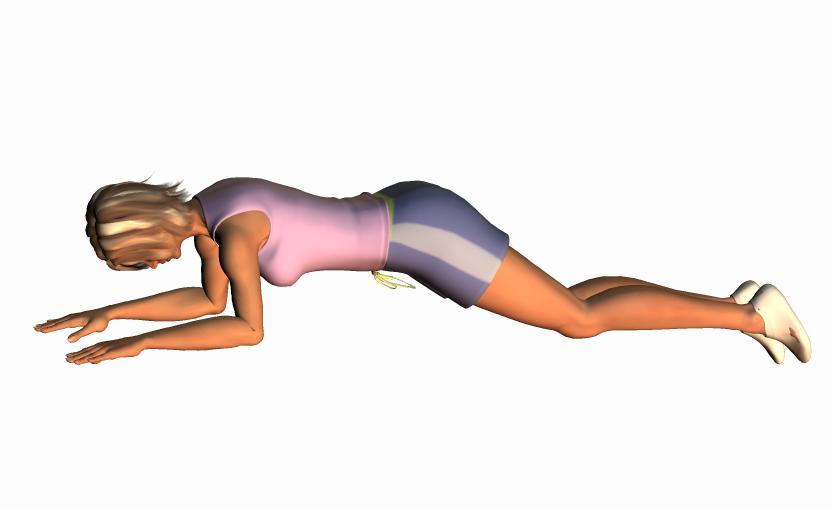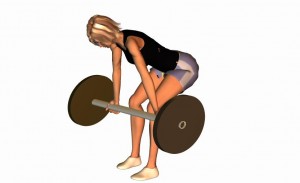Purpose: To list a number of gait adaptations that you can make that might help you run injury and pain free.
Background
I’m of the opinion that running is rehab. Here are some running rehabilitation thoughts that justify changing your gait during a return to running and some things you might want to keep in mind. Please remember, this is not comprehensive and should not be viewed as the only things you do to rehab injuries or run pain free. This is one aspect. Please see a professional for help.
1. Pain does not equal injury - keeping running while you are injured helps keep your fitness but can also decrease the threat and fear associated with the injury. In the picture below there are three lines. The first is your injury threshold. This can be breached when you do too much too soon and don’t give your body the time to adapt to the stresses you place on it. The second line is your pre-injury or pre-pain experience pain threshold. This the point in terms of physical stress where you used to start feeling pain. This line is your warning line created by the brain. The third line is your new pain threshold. When you have pain/injury you often start to feel pain much sooner. It is like a habit and you get better at feeling pain. We want to break this habit. Running as rehabilitation lets you just “gently poke the bear”. Your goal is to change the threshold of where you start to feel pain. You are NOT hammering through pain. You are just going to the edge and then backing off. By exposing your body and brain to running again we slowly creep up that pain threshold line. This occurs through physical adaptations but also neurological plasticity (i.e. changing that pain habit through graded motor exposure).

2. Don’t run through pain - run just to the edge of pain. If you feel pain start to walk for 30-60 seconds. Run again for a little bit. Keep increasing your exposure slowly.
3. Add variety - remember pain is more than injury. Pain is very context related. Ever heard about Vietnam veterans being hooked on heroine in Vietnam, coming home and having no cravings but when the go back for a visit they are jonesing for a fix. This is context. Pain is a habit and can be triggered by context. Change your running context. Different shoes, different paths, times of day, don’t run perfectly straight, veer, weave and changeis. your form (more on this). A lack of variety continually stresses the same tissues but can also activate the same neurosignature associated with the pain you feel. Lets avoid this.
Gait Modifications you can make
We have biomechanical justifications for many of the recommendations below. The research is mixed but we can say that you will experience different tissue stresses when you make these adaptations. Many professionals will suggest that the adaptions address a specific deficit or flaw in your form - this may be true but there are also more general and less reductionistic explanations. We we can also argue that merely changing something about your running is enough to create a stimulus for your tissues to adapt, to change the stress on some neurally irritated areas and to break the pain habit with variety and graded exposure. But I digress, here are things that you can do.
1. Don’t overstride
Be conscious of where your foot lands in relation to your body. Film yourself on a treadmill. Is your foot way out in front of you? Is your lower leg far from being perpendicular to the ground? Is your knee straight at impact? Work on feeling like your foot is landing behind you (I recognize that this is impossible as is having it land underneath you but still attempt this and in the attempt you will get your footstrike closer to your center of mass).
2. Increase your cadence
This is strongly related to not overstriding and is another way to work on having your footstrike closer to your body. I don’t believe in any magic number as I feel that cadence is strongly linked to speed. If you are running slower than a 6 minute/km pace than it will be tough for you to get higher than the supposed magical 180 steps/min. So don’t worry about it. Just try to take lighter, quicker steps. A general rule is an increase of 5-10%. Increasing this excessively will most likely influence your running economy in the bad way.
3. Pull with your glutes
Again, many of these are inter-related. The idea behind this is twofold:
a. this may decrease overstriding by increasing your hip extension (i.e. how much your thigh goes behind you). See detailed review here.
b. this may decrease how much your pelvis drops side to side and the amount of knee valgus that occurs during ground contact. These variables are often linked with knee pain in runners.
What you do is you tighten your butt when your foot hits the ground and feel that your are pulling your leg backwards while it is on the ground. Feel like you are even pulling the ground. Do this for 30-60 seconds out of every 600 to 1000 meters.
4. Modify the impact of your running by running softer.
My favorite running researcher is Irene Davis. Much of what I know I owe to her body of research over the past 15 years. Dr Davis has recommended for years that one of the simplest ways to change the loading rate (or tibial shock) in runners is to simply instruct them “To run softer“. Isn’t that awesome? Just let the runner figure out a way. Some runners might shift to a forefoot strike, some might heelstrike but they will find a way to make less noise and run softer. See a minor review of ways to change impact loading here.
5. Change your footstrike
I don’t believe in any ideal foot strike. I have advised runners in the past to try running with a heelstrike yet a forefoot and midfoot striking gets all the positive press and the heelstrike is deemed a faulty wanker. I think they can all be beneficial and appropriate at different times. If you are having trouble with your calves or your metatarsals then maybe trying to run with a light heelstrike for 30 to 60 seconds out of every three minutes is right for you. The inverse is also true. Been having knee and hip pain? Try shifting to a forefoot or midfoot strike for 30 seconds out of every three minutes. Increase over the course of a few weeks the amount of time you spend forefoot striking. See a review of form, footwear and footstrike here and a review of barefoot and footstrike styles here.
6. Change your speed
Michael Fredericson recommended this more than a decade ago after noticing that many ITB painful patients felt better when running with increased speed. The key again, is variety and sharing the load across different tissues and changing context. Do 15-30 second pickups every kilometer.
7. Run with your feet slightly wider apart
Running with your feet just 2 inches wider has been shown to change the tension on the ITB (abstract here)and on the amount of pronation at the foot (abstract here). Again, the mechanism for this being helpful is that it is different and thus has novel stresses on the tissues.
Remember, variety is good for injury. If you run a factory that builds cars the best way to injure your workers is to have them do the exact same thing thousands of times a day. The safer method is to have them perform a lot of different tasks through out the day. Training can be seen much the same.
As an aside, this is also why I am not a fan of the ideal sitting posture. Throw that 1950s stenographer posture out the window. Slouch, lean one way, then the other, cross your legs, feet on the desk, head tilted back, trunk rounded, trunk straight, arm rests, no arm rests -Variety, novelty, tissue load distribution. We aren’t built to do the same thing. Forget the ideal, go for variety.
Greg









